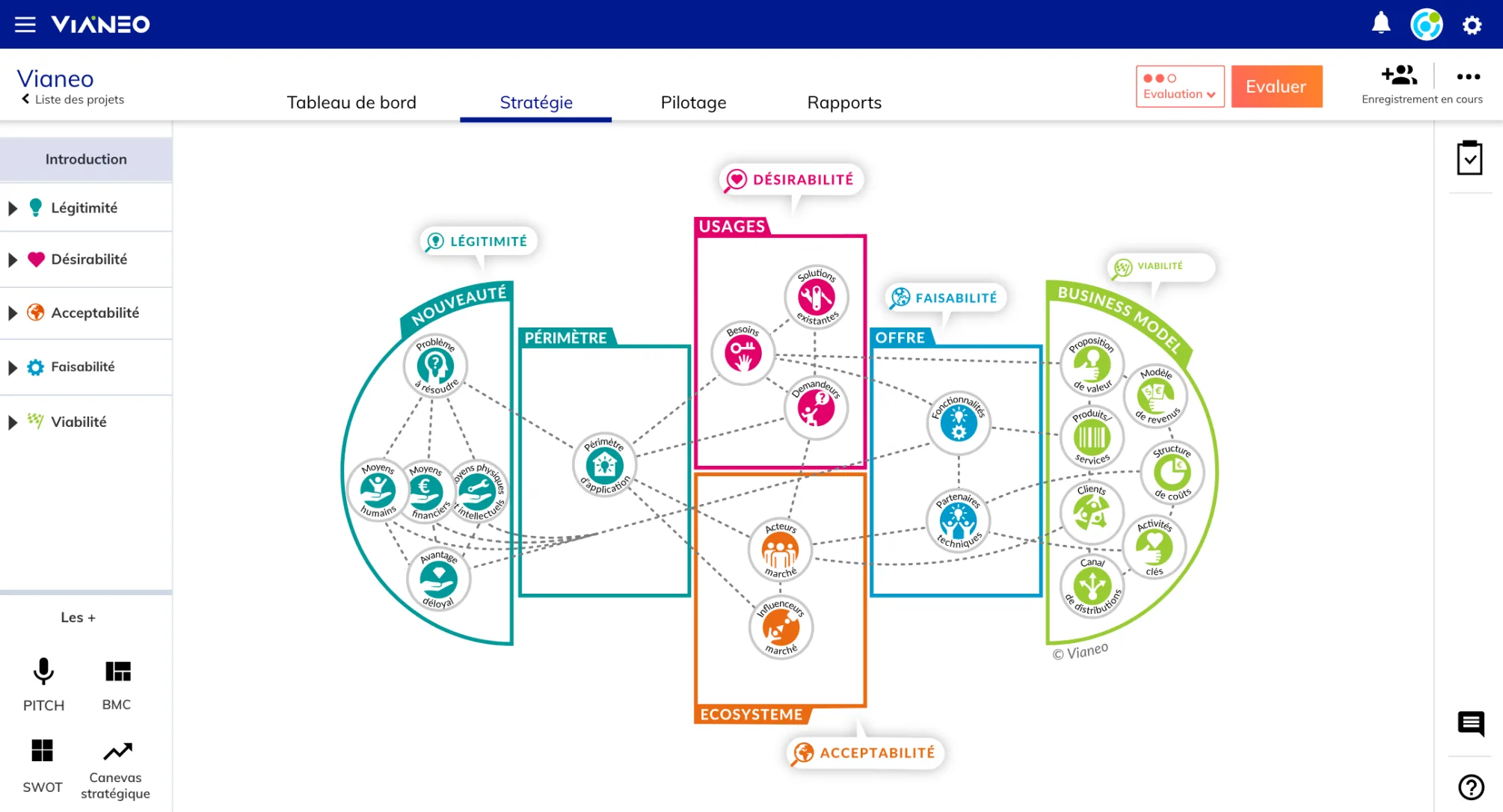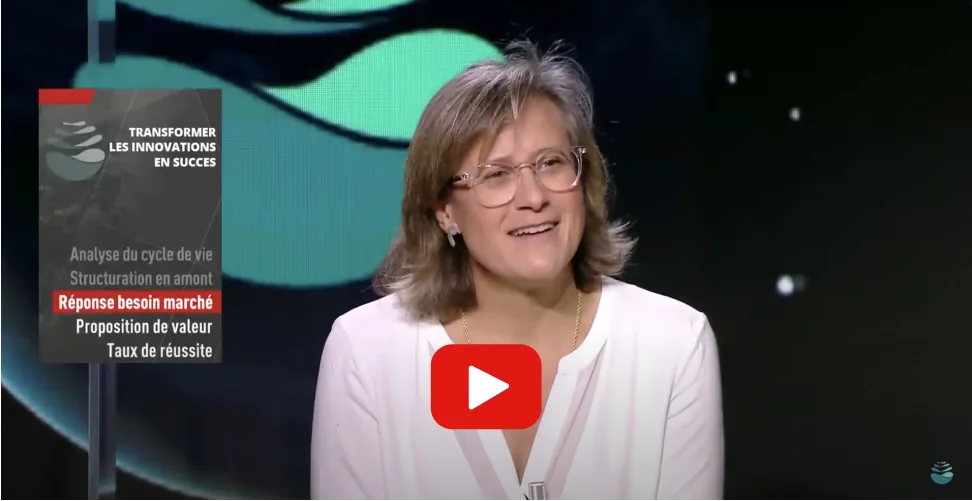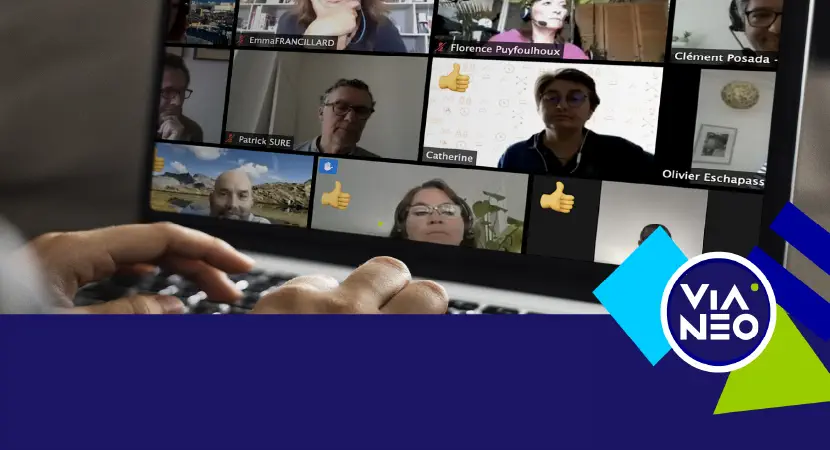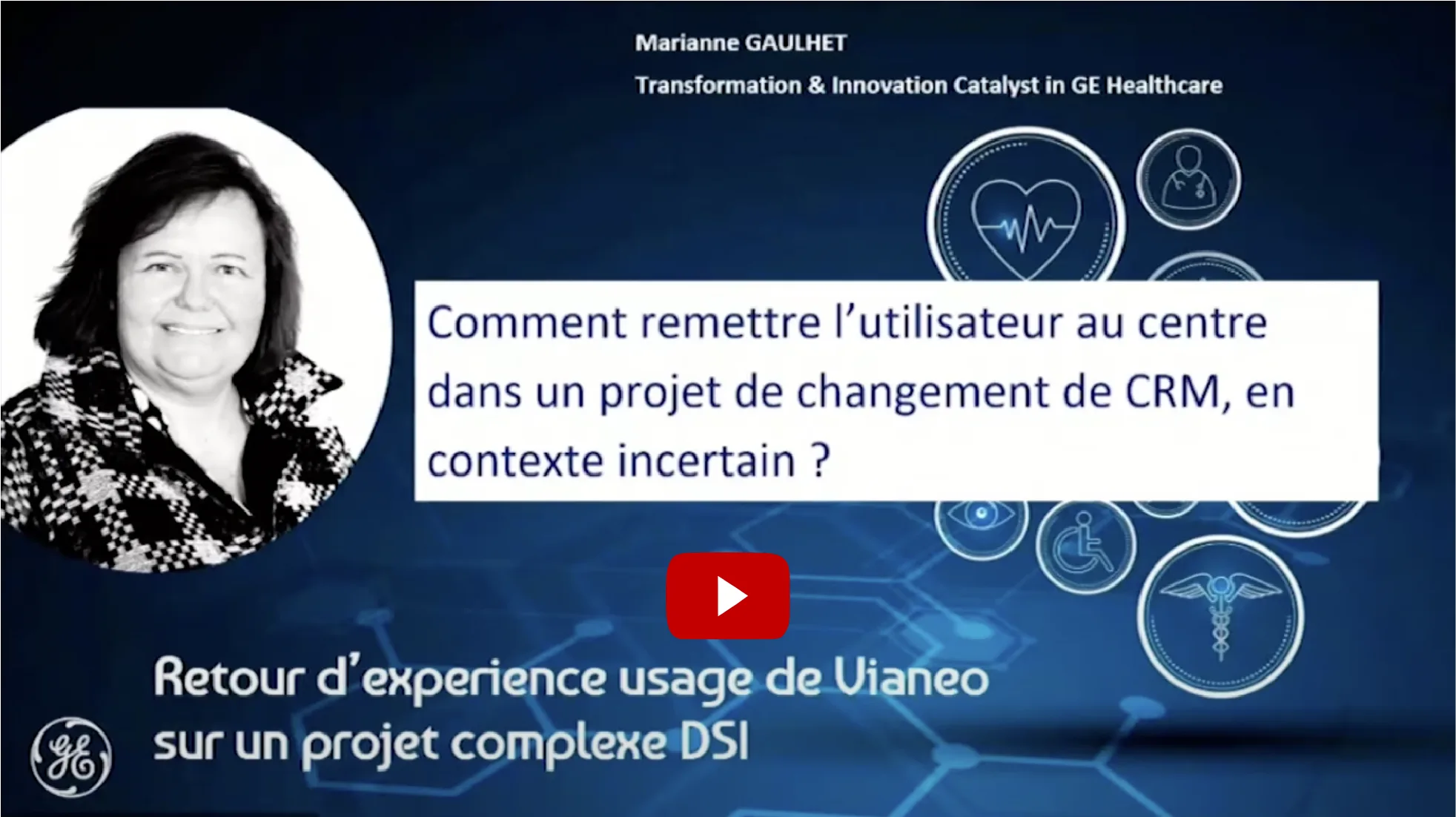Business Design is method particularly suited for innovative projects. It allows us to respond to the innovator’s enigma “What to sell and to whom?” in 5 steps.
Today used for many projects in digital transformation, it aids design, understanding and sharing of project vision, which are by definition complex and uncertain.
Innovation project leaders often use Design thinking, lean startup and the Business Model Canvas.
Business Design is a method that integrates these 3 approaches into its 5 steps, giving it a complete and coherent vision of the potential of an innovative project.
Sommaire
The 5 steps
Step 1.1 : Idea
At this stage this issue is to find a starting point for the project and become aware of its intrinsic strength. This strength is based on 3 essential components:
- What is the problem?
- What means/abilities does the project leader have to solve the problem?
- What in these means/abilities allow him to be the best?
In answering these 3 questions, the project can be built on solid foundations, providing evidence of #legitimacy. Legitimacy means that the adventure of transforming an idea into a project with added value can be embarked upon fearlessly.

Step 1.2 : Area
Legitimacy will be expressed in a specific market space. It is important to have this scope firmly in mind to focus on the most fertile ground.
Step 2 : Usages
This step is crucial, and if it is inconclusive it may be better to stop the project before getting in too deep.
Here, the issue is to ensure that people in the field really have “problems to solve”, or, in other words, “needs to be satisfied”. One must be sure that the “problem to be solved”, which is at the origin of the project, is real and shared by a large number of people. 3 crucial questions need to be answered:
-
- Who are these people?
- What are their needs?
- What solutions do they currently use?
Design thinking is essential to reply to these questions, because it allows us to identify and analyze in depth “these unmet needs”.
By answering these 3 questions, the project leader provides evidence of #desirability. Desirability is the assurance that people will look positively on the arrival of a new solution because they are waiting for it!

Step 3 : Ecosystem
An innovation, even a breakthrough, always takes place within an existing ecosystem, which survived (more or less well!) without it beforehand. Here, the issue is to better understand the ecosystem to take up a place within it. To do so the 3 following questions must be addressed:-
- Who are the market players?
- How are they connected to each other?
- What are their respective business models?

Step 4 : Offer
Now (and only now!) that you are familiar with uses and the ecosystem, you can define a suitable offer. To define the offer, you will need to answer the following 3 questions:-
- What are the features of my offer that will best meet the needs to be met?
- Are these based on my means/abilities as listed at the beginning?
- Do I need partners to develop them?

Step 5 : Business Model
Now, thanks to all the information collected, summarized and analyzed, the project leader can define his business model. The business model is based on the answer to 3 crucial questions:-
- Who are my customers?
- What are my products/services for these customers?
- What is my value proposition?
With Vianeo, evaluate, select and manage a portfolio of innovative projects







